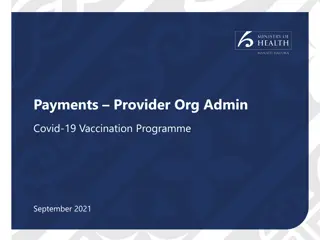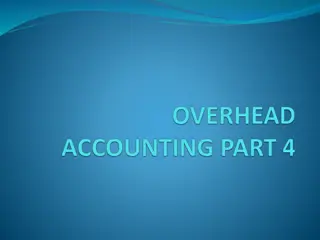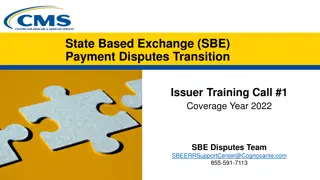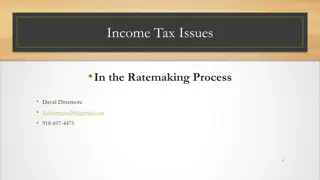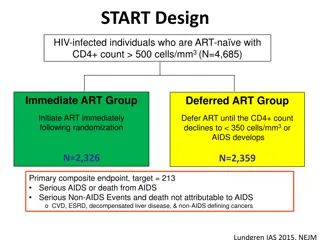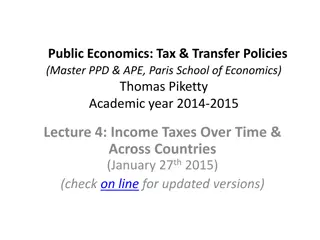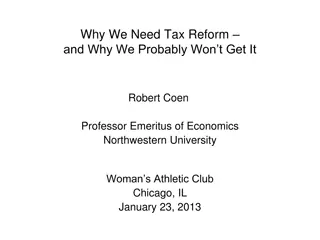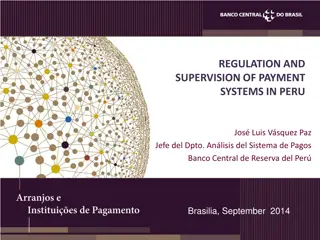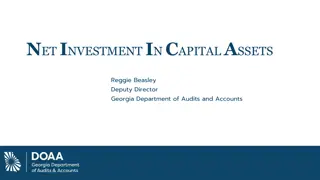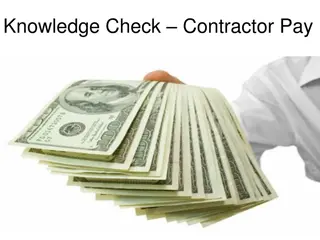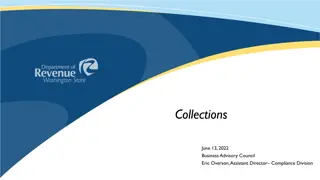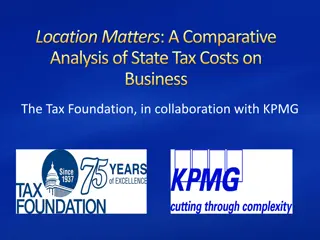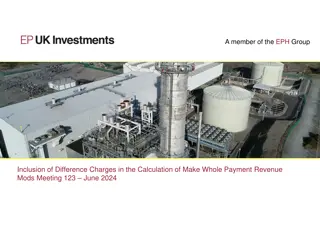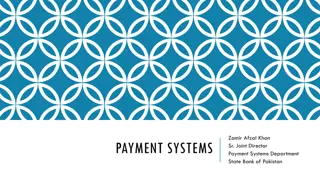Tax Reporting and Payment Insights: Deferred Tax and 2012-2013 Rates
In this overview of tax issues, learn about deferred tax on current assets, reasons to consider it, and the upcoming tax rate changes for 2012 and 2013 including FICA tax and Section 179 election for equipment expensing. Gain insights into managing tax liabilities effectively.
Download Presentation

Please find below an Image/Link to download the presentation.
The content on the website is provided AS IS for your information and personal use only. It may not be sold, licensed, or shared on other websites without obtaining consent from the author.If you encounter any issues during the download, it is possible that the publisher has removed the file from their server.
You are allowed to download the files provided on this website for personal or commercial use, subject to the condition that they are used lawfully. All files are the property of their respective owners.
The content on the website is provided AS IS for your information and personal use only. It may not be sold, licensed, or shared on other websites without obtaining consent from the author.
E N D
Presentation Transcript
Ruby Ward TAX ISSUES 2012 TAX ISSUES 2012
Deferred Tax on Current Assets Current liability to account for timing of payment of tax liability. Tax that is deferred into a future year from: Delaying selling of crops or livestock produced Prepayment of expenses Accelerating depreciation expense Take value of all current assets that would be taxed if sold/collected and subtract all current liabilities that would be deductions if paid. The net multiplied by tax rate is deferred tax on current assets.
Deferred Tax cont. Reasons to do it: Keeps farmer in a lower tax bracket Keeps farmer from paying AMT tax. If the tax is the same dollars, paying it in the future is cheaper (you are using deflated dollars to do so). You could also have made money on the investment. Reasons not to do it: Risk involved, it may hit the farmer at a time they are financially unable to cover it. May be higher tax rates in the future.
Tax rates 2012 and 2013 The top individual income tax rate would remain at 35 percent in 2012 will go to 39.6% in 2013. The rate for capital gains and dividends would stay at 15 percent through 2012 and go to 20% in 2013. Go from 0% to 10% for low income earners. In 2013 added 3.8% for investment income for high income earners (jointly filing income > $250K). In 2013 added .9% for wages in excess of $250K (married or $200K single).
FICA TAX The employer portion of the FICA tax remains at 6.2 percent Employee portion will be 4.2 percent on earned wages up to $18,350 Through end of Feb. 2012, but will likely be extended.
Section 179 Election For Expensing Equipment In 2012, expense method depreciation (for federal tax purposes) would be set at $139,000, with the phase-out beginning at $560,000 of qualified property purchases for the year. Without subsequent legislation, the limit will fall to $25,000 (adjusted for inflation) beginning in 2013.
Additional First year Depreciation The bill specifies that for qualified assets (original use of the asset by the taxpayer) placed in service by December 31, 2012, 50 percent bonus depreciation is available.
Current Extension - Estate Taxes For deaths and taxable transfers in 2011 and 2012 The exemption for estate, gift and GSTT purposes would be $5 million ($5.12 million in 2012) and the tax rate would be 35 percent beyond that level. The bill would also allow portability of the estate tax exemption between spouses for deaths in 2011 and 2012. So, the new applicable exclusion amount is the basic exclusion amount plus the portable amount carried over from the decedent s last spouse. In 2013, the exclusion will be $1 million and the tax rate will be 55 percent unless the Congress takes action.
Other Provisions Expiring in 2012 See other tables
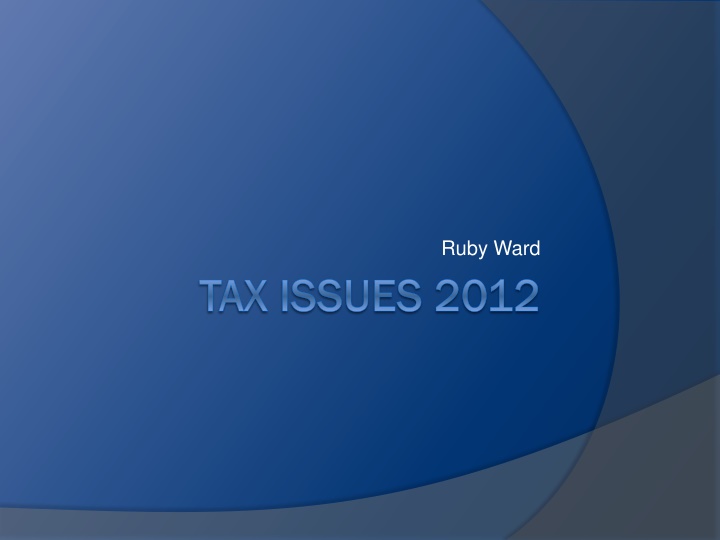

![Town of [Town Name] Real Estate Tax Rates and FY 2024 Budget Summary](/thumb/62211/town-of-town-name-real-estate-tax-rates-and-fy-2024-budget-summary.jpg)
